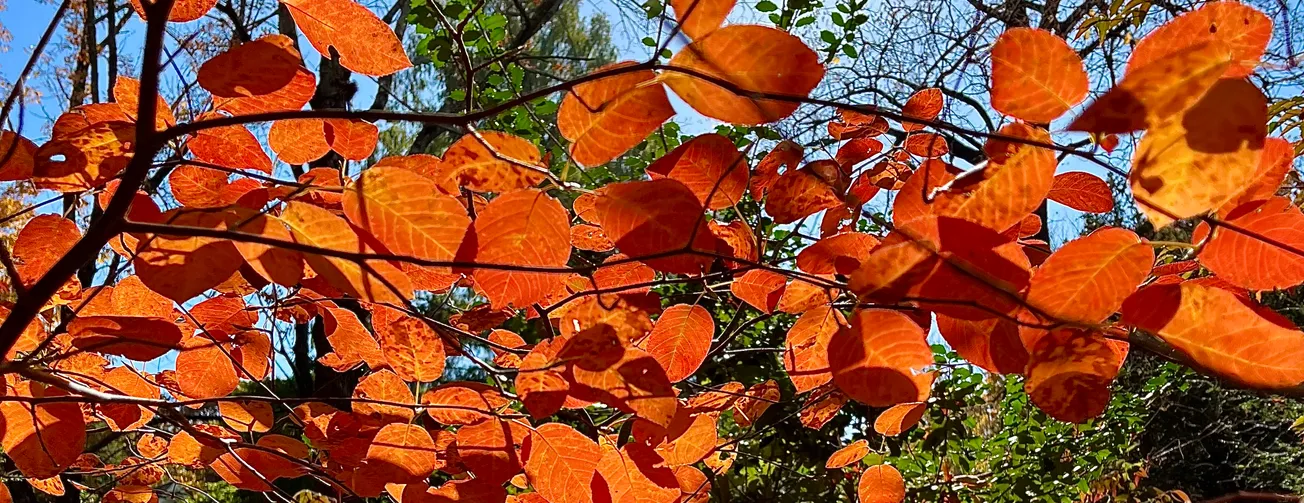Table of Contents
Across most of New England, we are classified as “abnormally dry” or in a “moderate drought” with northern and more central New England being OK.
Take a look at the U.S. Drought Monitor to see how our area is doing. Winchester and the Greater Boston area is solidly in the “moderate drought” category. Typically, the fall brings rain with the cooler weather, but we have been dry since July.
You can also see from the Blue Hill Observatory that rainfall for July, August and September has been well below the 130-year mean.
Mike Iacono, chief scientist at the observatory, was able to preview the precipitation for October for me with the following statement: “We have one more chance for a little light rain Tuesday night, so these are not final numbers, but the October rainfall at BHO is 0.53 inches (through 10/28), well below the 30-year normal of 5.49 inches.
“The total for the September and October is 2.36” with a normal of 9.55” and the total is for July through October is 7.89” with a normal of 16.93. So we’re about nine inches in deficit (and now officially in a moderate drought) since July. Each of these time periods will be among the driest on record.”
So what’s my point? While last year and this spring were very wet, causing lots of fungal issues, going into the winter with plants in dry soil can be very damaging, if not fatal, especially plants that were planted over the past three or four years.
Before you put away your hoses, I strongly suggest you get out there and provide a deep watering to your plants, especially plants that are relatively new in your garden. If you’ve been watering well during the season, then this shouldn’t be a real concern, but you may have some special ornamental trees and plants that were not well attended to or irrigated.
I have been talking about watering in several recent newsletters, so if your soil is dry, then make sure to provide a good, deep watering now. With plants going dormant, and the cooler weather, we don’t have to worry about the soil drying out quickly. This isn’t something that has to be done more than once or twice, depending upon how recently plants were planted and if we get any rain before the ground freezes.
For those who have added native plants to their gardens, that are better adapted to our New England climate, they are not necessarily able to withstand significant drought that is not normal for our region, especially if planted in the past few years.
As I have suggested before, if you aren’t sure how dry your soil is, get a shovel or trowel and dig down 6 to 12 inches to see what moisture is in your soil.
Enjoy the beautiful weather over the next few days and help put your plants to bed for winter.









